SKIES MAGAZINE - OPERATOR PROFILE
Canada's Largest Private Aviation Service
Judson T. Macor gripped the phone in one hand and a phone book in the other. Surprisingly, his cold call to Enerflex corporate headquarters had been answered by the company founder, the late John Aldred.
Macor had only a few precious minutes to pitch his fledgling aviation service—Canada’s first fractional aircraft ownership company—but when they hung up the phone, Aldred had become AirSprint Private Aviation’s first client.
While the cold call technique may have been inefficient, it was easy on cash. That was critical in those early days in 2000, when Macor launched AirSprint in partnership with his former university classmate, Phil Dewsnap. The two had met at the University of Alberta while enrolled in law school, hitting it off immediately thanks to a mutual love of aviation.
Macor was a pilot with 5,000 hours in his log book, including time on multiple aircraft types flown in the Canadian north and Quebec. His experience included a couple of years flying as a bird dog pilot on wildfires in Manitoba and Alberta.
Dewsnap had started out as a flying instructor in southwestern Ontario before becoming a contracted bird dog pilot, fighting forest fires with the Ontario Ministry of Natural Resources. During the winter, he attended university in Alberta, eventually finding himself in the same law class as Macor.
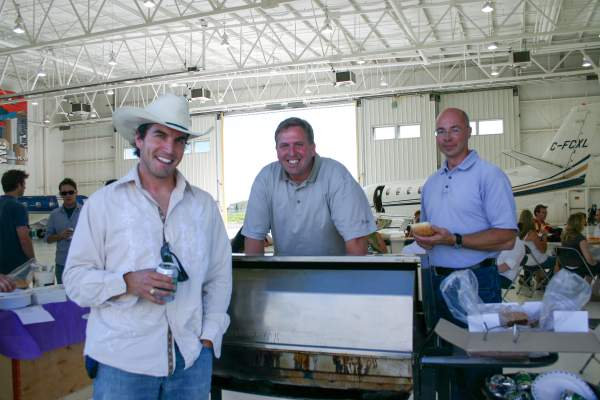
Marty Hope, Judson T. Macor and Phil Dewsnap at the AirSprint annual Stampede barbecue in 2006.
“Inevitably, in business school, you have to develop business plans,” recalled Dewsnap. “One of my projects was aviation-related; as I recall it was a shuttle service between Edmonton City Centre and Calgary, which sparked quite a bit of interest from Judson. I don’t think that project was viable, but Judson did ask me if I was interested in starting an air operation after we graduated. I replied, ‘I have no money, but sure!’”
Upon graduation, Dewsnap returned to Dryden, Ont., to fly the 1999 fire season.
“In that same summer, Judson completed his law articling position and was called to the bar in Alberta,” he recalled. “Almost to the day he was called to the bar, he resigned from the law firm he was working for and called me in Dryden, to ask when I was coming out west to start an aviation company! I finished my summer contract and moved my young family, including Lynne, Kyle and Boland, who was only one month old, to Calgary.”
Upon his arrival in November 1999, Dewsnap hunkered down with Macor in the latter’s spare bedroom, which ultimately became the birthplace of AirSprint. The two considered several possible aviation ventures, including cargo, scheduled service and medevac.
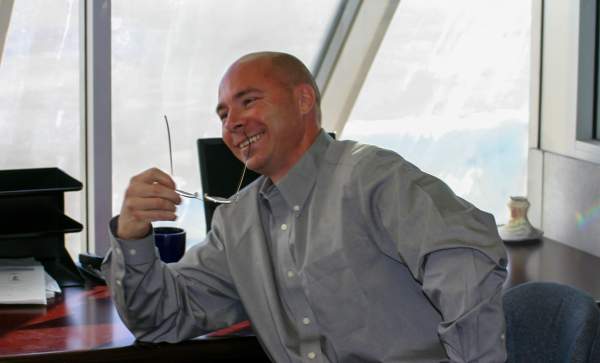
Phil Dewsnap (2005).
Then, they came across a magazine article that discussed the popularity of fractional aircraft ownership in the U.S., but speculated that such a model would not succeed in Canada.
“The author, a Canadian aviation lawyer, set out several factors that made fractional ownership not feasible in Canada,” recalled Macor. “Phil and I mulled this over for weeks, engaged advisory legal, and ultimately disagreed with the conclusions drawn in this article. Once we were sure of our own conclusions, we set out to create Canada’s first fractional ownership company.”
Dewsnap quickly fell into the regulatory role, negotiating the necessary certifications with Transport Canada, the Canadian Transportation Agency (CTA), the Federal Aviation Administration and the U.S. Department of Transportation. By April 2000, AirSprint was the proud holder of a CAR 703 operator certificate and a CTA licence.
“My focus was on the finances, the business model, drafting legal contracts, aircraft operations, revenue and expense lines, and marketing and sales to prospective clients,” recalled Macor.
He admitted that the risks—financial, reputational and even from a safety perspective—were “severe and crippling at times.” After all, Macor and Dewsnap were launching a business model that had never been tried in Canada. Moreover, they had chosen the Pilatus PC-12 single-engine turboprop as their aircraft of choice.
“We were marketing a single-engine turboprop when single-engine naysayers were hiding behind every bush,” said Macor. “We had an uphill battle and fought hard for every new client.”
But once Enerflex was on board, word began to spread in Calgary’s business community. Soon, referrals became AirSprint’s biggest source of new clients.
“It was slow and tedious; but like waiting for water to boil, the energy you put in takes time, but with tenacity ultimately achieves the desired result,” said Macor.
For his part, Dewsnap recalled that once the business plan was clarified, Macor’s entrepreneurial spirit truly excelled.
“I remember when, during our early meetings in his spare bedroom, Judson received a call from Air Canada offering him a pilot position. He asked if he could take a deferral and they stated no. He then replied, ‘no, thank you’ and hung up. I was stunned. We had no aircraft, no operating certificate and no source of income. What was he doing?”
As it turned out, Macor was simply following an expression that he’s since found applicable to his own experience launching AirSprint: “An entrepreneur jumps off a cliff and finds a way to build an aircraft on the way down.”
Speaking of aircraft, Macor had forged a fortuitous connection with Bob Maclean, an Edmonton businessman who owned two Pilatus PC-12 aircraft.
“He was using them for his own corporate purposes, but they were mostly underutilized,” said Dewsnap. “We were also aware of a successful New England-based regional fractional operator, PlaneSense, that was flying PC-12s. We thought we would try something similar in the Edmonton-Calgary-Vancouver triangle.”
Those two PC-12s were the sum total of the AirSprint fleet back in 2000. While Macor drafted the fractional ownership legal agreements and worked to land new customers, Dewsnap handled the regulatory requirements.
Meanwhile, both founders flew as line pilots and Dewsnap was the company’s first chief pilot and operations manager. There was a lot of on-the-job learning.
“In the early years of the company, I used to say the best thing about working with Judson is that he never tells me what to do. And the worst thing about working with Judson is that he never tells me what to do,” laughed Dewsnap. “I would often try to understand what I was really supposed to do to keep us safe and efficient. Nothing specifically prepared me for this, so I spent time reading and contemplating the issue… and trying not to lose too much sleep over the things I didn’t know.”
A single-minded focus on safety and service has always been the bedrock of the AirSprint business model. Macor believes that culture set the stage for the company’s 25 years of success.
“Our early staff were very proud of the professionalism that was expected of them,” he explained. “They embraced the level of service that was demanded and the unwavering safety culture that was instilled.”
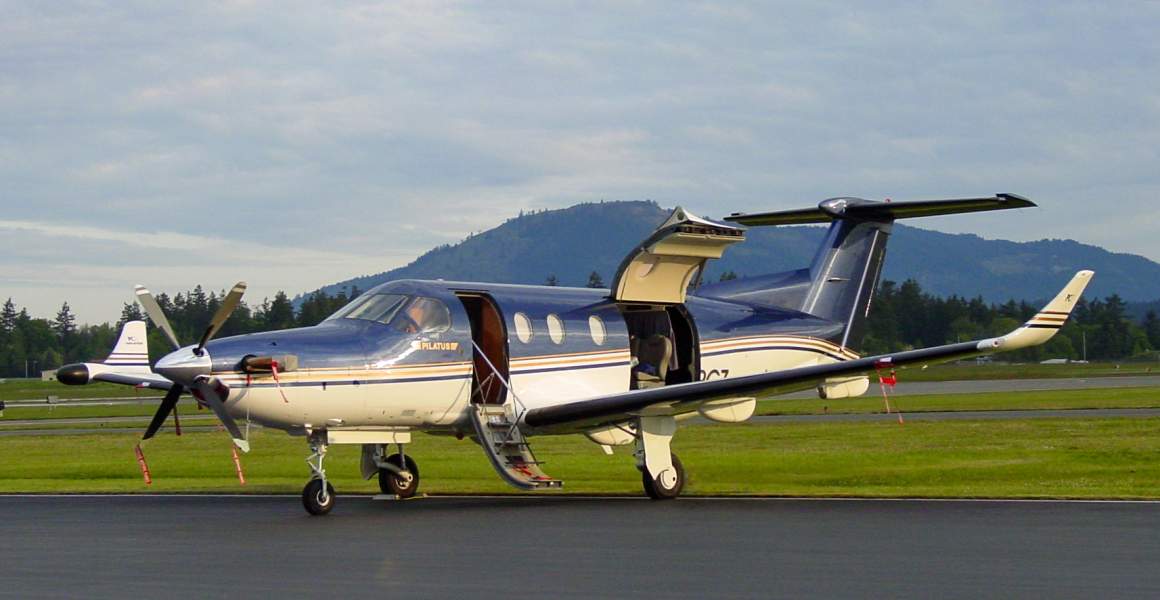
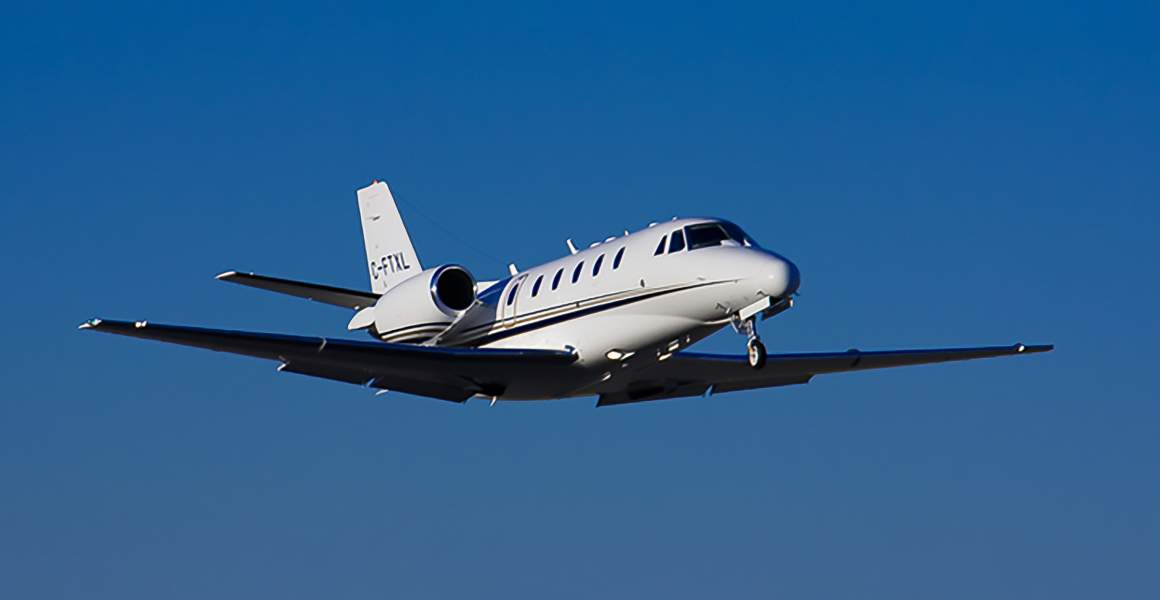
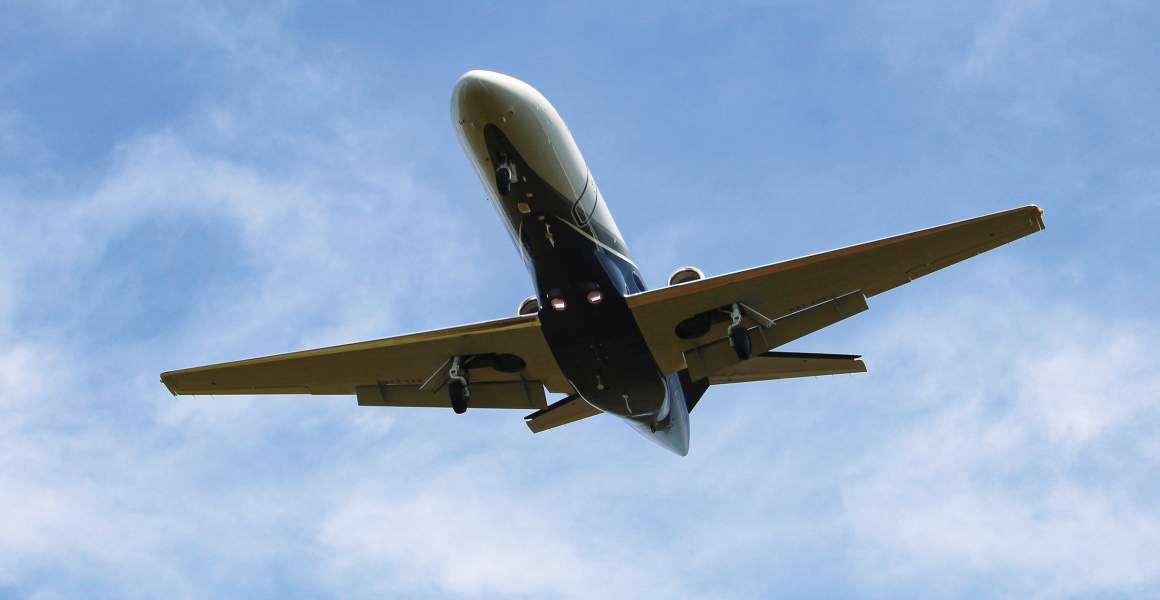
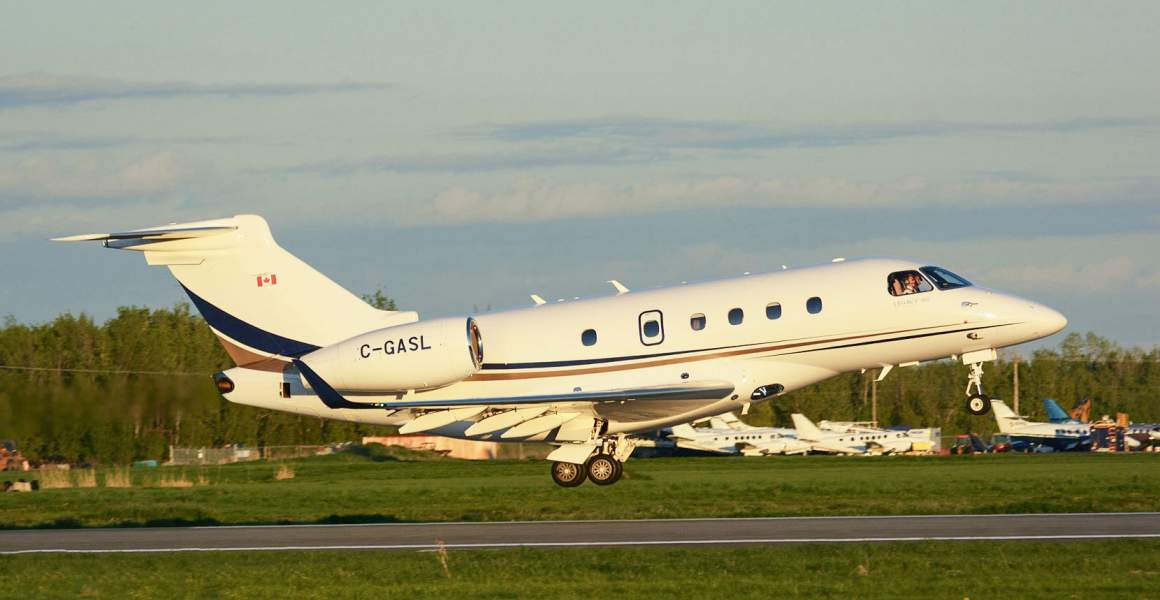

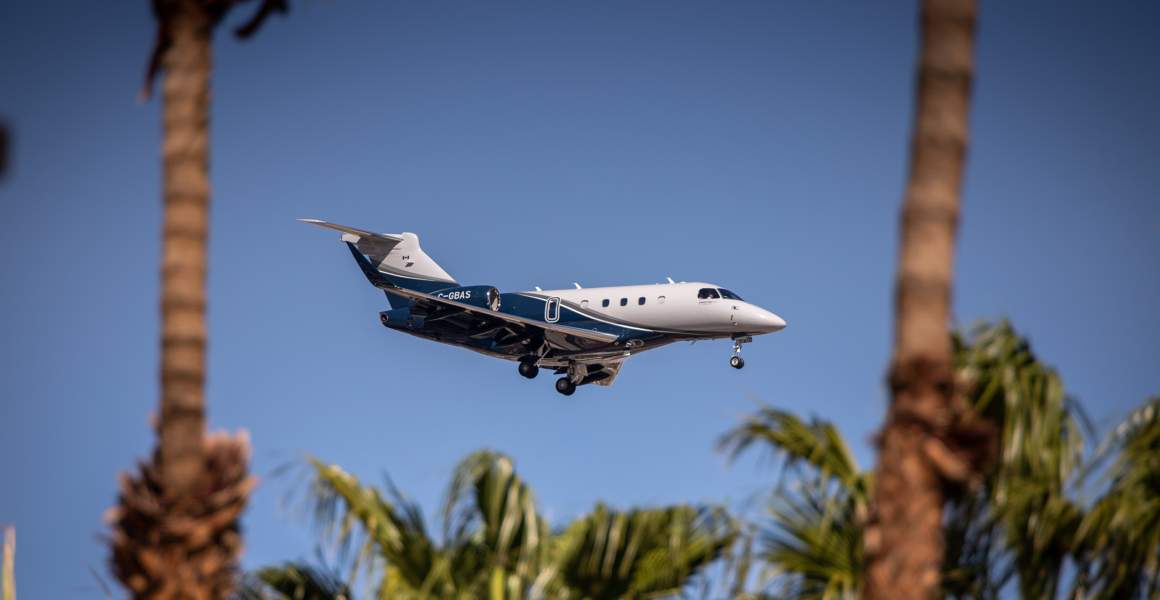
PROFESSIONAL EVOLUTION
Never Hyper-focused on the Oil Patch
While some flights did head to northern Alberta, most fractional owners were successful people who were looking for personal transport to destinations like Palm Springs and Scottsdale.
By 2002, some fractional owners requested faster aircraft, so the Cessna Citation Excel was onboarded. Dewsnap returned to his regulatory role to oversee a CAR 704 addition to the operating certificate.
He reflected on how company operations gradually evolved, becoming less entrepreneurial and more professional.
“Fortunately, we had people join the company that could lead us in this new direction. James Elian was one of our first co-pilots and was easily identified as a leader. The company sponsored James to get an MBA, and as he moved up the ranks he eventually took over my role as operations manager.”
While Dewsnap had enjoyed the adventure of starting something new, his heart had always been in the cockpit. He was looking to manage less and fly more. Elian’s ascension allowed Dewsnap to fly, while tackling special projects such as AirSprint’s initial safety management system (SMS) and fatigue risk management system (FRMS). Today, he is happily piloting the company’s Embraer Legacy/Praetor fleet.
Dewsnap hears the ‘AirSprint’ call sign all over North America and sees other company aircraft parked on distant ramps.
“On a recent rotation, for the first time ever, I finished the day in St. Catharine’s, Ont. Yet the next morning, when we returned to the airport, there was a company Cessna CJ parked next to us!”
For his part, James Elian joined AirSprint in 2001 as a PC-12 first officer. Early on, he could see the company’s potential.
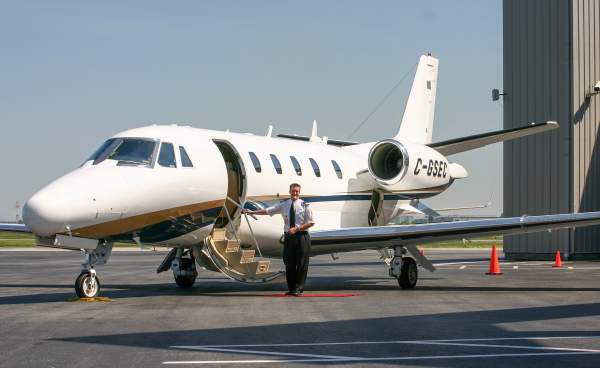
James Elian, then a first officer, now AirSprint President and CEO, beside a Cessna 560XL Citation Excel.
“I was working as a flight instructor and as a summer flight attendant with Air Canada back then,” Elian recounted.
“Drew McKnight, AirSprint’s initial first officer and my roommate in flight school, called me when they were hiring pilots. My goal was to get back to Air Canada as a pilot by the time I was 27—but I never once applied there.”
Within the first year, he recognized that the AirSprint business model was unique. It was a formula where all the main stakeholders could truly win, he believed. Plus, his piloting background helped him understand how to manage a business where safety is paramount—not an area subject to cost-cutting.
“It’s easy to focus on the straight numbers and try to minimize costs wherever possible,” Elian said. “With my 5,000 hours of flying experience, I know what is safe and what can be optimized, and what we can’t touch.”
Aside from an unrelenting focus on safe operations, Elian credits AirSprint’s unparalleled customer experience and fleet composition as key contributors to its continued success.
Like Dewsnap, he remembers wearing many hats in the early days.
"There were only seven employees here when I joined. Getting exposure was critical and you couldn’t afford to lose customers. I give credit to Judson Macor, our founder. He was always reading up on people, making phone calls, trying to sell the value proposition. Unlike many aviation companies that start with a bunch of money, we didn’t have a whole lot of cash. We had to figure out how to be profitable from day one.”
The years 2005 and 2006 were critical growth years for AirSprint, as the company’s PC-12 fleet grew and its first hangar was opened at Calgary International Airport. Steadily, the company began expanding toward Eastern Canada.
Between 2012 and 2014, AirSprint completed an important transition from the single-engine PC-12 turboprop to an all-jet fleet, which now included the Citation CJ2+.
“People loved the PC-12; it wasn’t that it was disliked,” explained Elian. “But as technology continued to advance, the cost of flying light jets became lower and lower—and because of the speed difference, it wasn’t all that much more money. We could accomplish more with one airplane in any given day.”
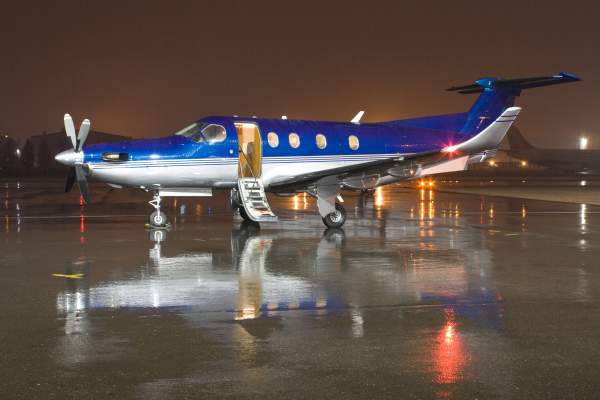
Nightime shot of AirSprint's PC-12.
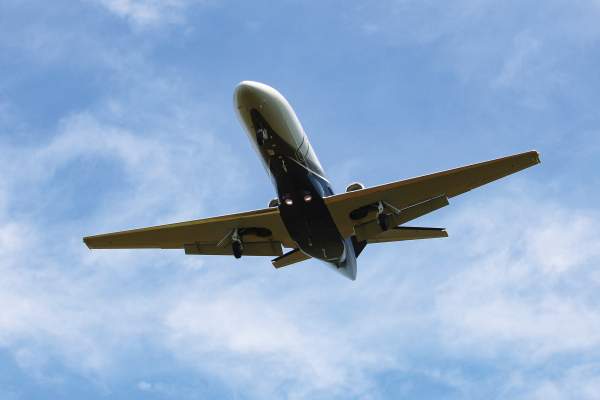
Cessna Citation CJ2+ (C-FASR), Iles de la Madeleine Airport (CYGR).
Felix Richard Photo.
Looking back, he picked out other key moments in the company’s 25-year history when sound decisions were made.
“The transition from the Citation XLS to the Embraer Legacy 450 was probably more pivotal than the PC-12 to Citation transition,” he shared. “In 2015, the Citation XLS didn’t quite have the range we needed from Toronto and Montreal, and it had a bit of a smaller cabin. When we took the leap and made that change to the Embraer platform, we suddenly had the right plane with a longer range. That led to rapid growth in the East—and today, Toronto is our busiest airport. In fact, the Ontario market is larger than the Alberta market, and that has happened in the last five years. That move was a game-changer for AirSprint.”
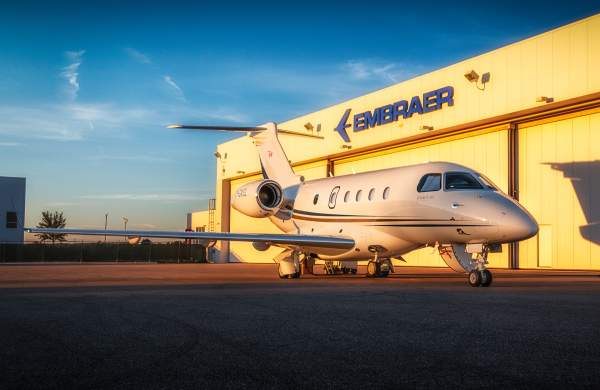
Embraer Legacy 450 delivery in Melbourne, Florida.
Ontario and Eastern Canada have always been as important as the west for AirSprint—even in those early days. Michael Knapp, currently vice chair of the board, moved his family to Ontario in 2003 to spearhead the expansion. Knapp, a lawyer by profession, spent five years in Ontario before moving back to Calgary, where he was AirSprint’s general counsel until recently.
Over the years there have certainly been challenging moments, but the company has weathered all kinds of economic turbulence thanks to its robust business model.
From the beginning, AirSprint was engineered to be profitable while never putting its customers’ assets at risk.
Still, Macor recalled a few of the biggest operational challenges.
“The global financial crisis was a headwind that we almost did not overcome. Aviation assets devalued across all sectors and our financing partners were looking to right-size their loans against assets that were now worth 50 percent less than just days earlier. This was an extremely challenging time for me as president and CEO. The stakeholders of AirSprint were many and I felt an immense obligation to all of them to make it through… which we ultimately did.”
Elian said it was important from the beginning to be good financial stewards on behalf of AirSprint fractional owners.
“We have tweaked the model a bit over the years,” he continued. “For instance, following the 2009 recession, flying dropped off by 70 per cent for a few months and it highlighted that there were a few gaps in our pricing model. We revised our program at that time to improve the fee structure, eliminating the potential risk areas, and also lowering the overall cost for the fractional owners who fly all of their annual hours. It was a true win-win.”
He pointed out that with all fixed costs covered by fixed fees, “we never worry about it.” Unlike some companies, there is never any financial pressure to operate a flight.
Another significant blip on the historical radar was the global Covid-19 pandemic in 2020. By then, James Elian had assumed the role of president and CEO. Macor felt the company was in good hands.
“I had an early client tell me that ‘you could not consider yourself a businessman until you operated your business through a down-turn.’ I remembered that expression after the global financial crisis, and I shared it with James after he expertly navigated AirSprint through the pandemic. There was no question that he was a tremendous businessman and an asset to AirSprint.”
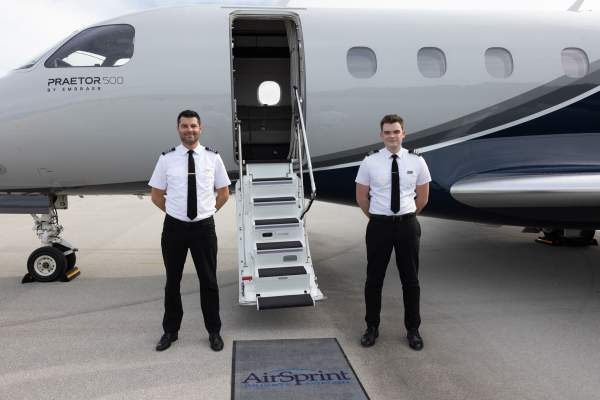
Pilots Ian Stewart, E550 captain, and Sebastian Hartman, E550 first officer.
Today, AirSprint delivers customized private aviation services to more than 550 fractional owners. Essentially, they purchase or lease a share of an aircraft and pay an annual overhead fee covering the fixed costs—including pilot salaries, crew training, insurance, maintenance, hangar storage and administrative support.
In return, they are allocated a set number of flight hours per year, beginning at 25 annual hours and increasing in increments of 25. They are then charged a fixed hourly rate for the time spent on board.
AirSprint’s customers are found in every nook and cranny of the country, from coast to coast to coast—roughly 55 per cent fly primarily for personal reasons and 45 per cent mainly for business. In Canada’s top eight busiest airports, AirSprint is the most active private jet operator.
Plus, the company has enjoyed tremendous expansion through its focus on smaller airports that don’t offer any kind of private aviation services. In the Maritimes, for instance, uptake has been significant.
“Historically, if someone wanted a private aircraft, they’d have to pay for it to come to them from the closest major city,” said Elian.
“But as our fleet has grown, a key part of our program is our fractional owners don’t pay for empty flying. Part of that is optimizing that empty flying, and it makes sense to offer major airport service to the smaller centres.”
NO COMPROMISING SAFETY
The Business Model Remains Unchanged
A quarter century after it was founded, AirSprint’s business model and the nature of its flying have remained relatively unchanged, according to co-founder Phil Dewsnap.
“While the aircraft and destinations have changed, the ‘show’ remains the same,” he said. And, like Dewsnap himself, there are many longtime employees at AirSprint who have witnessed the company’s incredible growth.
One of them is Chris Foley, the current Vice President of Operations. He joined AirSprint back in 2004, a fresh graduate of the Southern Alberta Institute of Technology’s aircraft maintenance program. At the time, the company had about seven aircraft, PC-12s and Citation Excels, split between bases in Calgary and Waterloo, Ont.
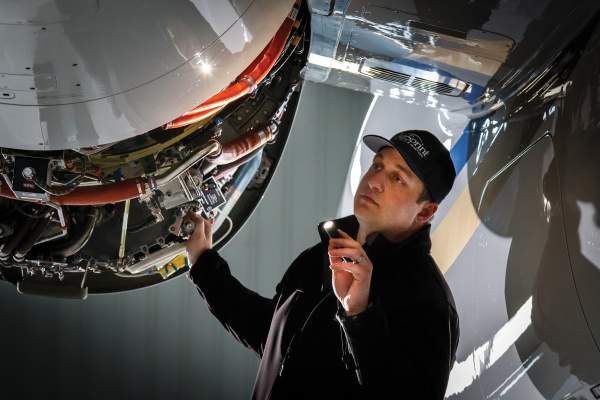
Chris Foley, Vice President of Operations.
Foley apprenticed for those first few years, earning his aircraft maintenance engineer (AME) licence in 2007. From there, his work record highlights a series of progressive positions across the maintenance department, among them AME Crew Chief, Western Maintenance Manager and Vice President of Maintenance. On July 3, 2025, he was officially promoted to his current role as VP of Operations.
“I’ve touched every single position in maintenance so far,” said Foley in a recent interview. “So now, I’m leading the IOCC [Integrated Operations Control Centre], the entire operations team, the maintenance team, the safety department, IT and training—improving efficiencies and providing direction.”

Joyce Gillon, Operations Control Manager with the team at Integrated Operations Control Centre.
With 40 aircraft in the AirSprint fleet as of July, Foley said the maintenance team numbers 60 employees—including about 38 AMEs and apprentices. Sixteen are based in Toronto, with the remainder in Calgary. Shifts cover 5 a.m. to midnight, seven days a week, and maintainers are dispatched around the world, if necessary, to resolve any maintenance issues.
Foley has seen a lot of change over his 21 years with AirSprint, including the growth of the PC-12 fleet and then the transition to jets.
“In 2016 or thereabouts, we started the transition away from the Excels and to the Embraer product. Leading that project and bringing them online, bringing the first ones into the country, was interesting. And then watching the growth start to explode…”
Foley described other changes, such as how technology has impacted the maintenance process.
“As the fleet expanded, we adopted new technology pieces, and went digital on certain things. We added more positions and evolved structures. Now, we have a QA team, technical records, a purchasing team. Even down to equipment and tooling—we are fully tooled up on all the types we operate.”
Perhaps the biggest challenge Foley has faced so far is the pandemic-induced supply chain slowdown. Now, AirSprint orders parts through a forward-looking lens.
“You are now looking six months or a year in advance to order parts, and we are stockpiling certain things,” he shared. “I spent weeks sourcing tires and buying hundreds of them. If I had to name the part that stressed me the most, it was tires! We are still doing this today, ordering some things a year in advance in some cases—and we are still seeing multiple weeks of extra down time as we wait for parts.”
As Foley looks back at his career with AirSprint, he is most proud of his team’s commitment to safe operations.
“We don’t compromise anything when it comes to safety,” he said. “If something is worn, it gets replaced. Whatever it needs, we invest to get it up to par. That’s something I’ve always been very proud of at AirSprint, and it definitely held me here at the beginning of my career. No one has ever come to me and said, ‘do we really need to spend that money?’ I cherish that; I’m very proud of it.”
PREPARING TO GO FURTHER
AirSprint Represents 29% of the Canadian Private Jet Market
The company has come a long way since co-founder Judson Macor picked up the phone and landed his first client back in 2000.
With nearly 400 employees, 40 aircraft, two maintenance bases, and pilots based in 17 locations across the country, AirSprint now represents 29 per cent of the Canadian private jet market, based on departures.
Elian sees plenty of additional opportunities for growth, including the eventual addition of longer-range aircraft.
“Our customers are asking us to go further. In the coming years, we’re looking at introducing a proven aircraft with a larger cabin than we currently have. The timeline is roughly within the next 24 months, but it will depend on what’s happening in Canada and the U.S.—we’ve always been conservative and cautious in our growth.”
In addition, Elian said AirSprint will continue to employ the latest technology and offer even more flexibility to its fractional aircraft owners.
But, while progress drives it forward, the foundation that underpins AirSprint remains unchanged.
“Ultimately, AirSprint’s success is grounded in our values: safety, people, service, integrity, humility and community,” reflected Elian. “We formalized those values in 2010 and they haven’t changed. Recently, I realized they came out of our Western roots, in a way. From a service perspective, people wanted a safe service but not excessively flashy—not the neon Vegas-type service, more understated.”
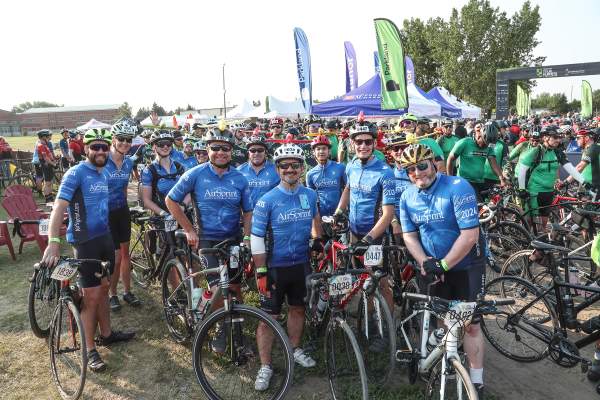
Team AirSprint riding at the Enbrirge Tour Alberta for Cancer.
He pointed to recent accomplishments—including capturing nearly 50 per cent of private aviation’s post-Covid growth, operating the country’s largest and busiest private jet fleet, carbon offsetting for 100 percent of flights, and increased efficiencies through sophisticated flight data monitoring—as proof that AirSprint never sits still.

Embraer Praetor 500 arrival in Key Largo.
“Innovation has been at our core since we introduced the concept of fractional ownership in 2000,” he concluded. “From a vision for the future perspective, it’s continuing to do what we do—bringing private aviation to more and more people.”
-----------------------------------------------
Source: SKIES Magazine. August 27, 2025.

AirSprint’s Owners are found in every nook and cranny of the country, from coast to coast to coast—roughly 55 per cent fly primarily for personal reasons and 45 per cent mainly for business.
In Canada’s top eight busiest airports, AirSprint is the most active private jet operator.
